
Utilization of a geographical information system for surveillance of Aedes aegypti and dengue haemorrhagic fever in north-eastern Thailand. / Chaikoolvatana, Anun;Singhasivanon, Pratap;Haddawy, Peter
Tác giả : Chaikoolvatana, Anun;Singhasivanon, Pratap;Haddawy, Peter
Nhà xuất bản : WHO Regional Office for South-East Asia.
Năm xuất bản : 2007
Chủ đề : 1. Aedes. 2. Severe Dengue. 3. Thailand. 4. Journal / periodical articles.
Thông tin chi tiết
| Tóm tắt : | Dengue Bulletin. 2007 Dec; 31: 75-82. The study aims to develop a geographical information system (GIS) for surveillance of Aedes aegypti and dengue haemorrhagic fever (DHF) in north-eastern Thailand. There are three steps in the development of the GIS – collecting primary and secondary data, analysing the data and searching the target location, and presenting the results via figures on a map. Two sub-districts in each of the five districts in Ubon Ratchathani province with high incidences of DHF cases in the last three years were investigated. Primary {e.g. House Index (HI), Container Index (CI) and Breteau Index (BI)} and secondary data (e.g. number of DHF cases/100 000 population) were collected. The time period was divided into two phases, a low disease incidence phase (February–March 2007) and a high disease incidence phase (June–July 2007). The GIS was developed via ArcView programme 3.2a®. The primary data of Ae. aegypti indices including HI, CI and BI indicated a rise in the rainy season period compared with the dry weather period, and the secondary data showed a similar rise and fall in the number of DHF cases in the rainy and dry weather periods respectively. GIS technology can help in planning, implementation and evaluation of the dengue control measures. |
Thông tin dữ liệu nguồn
| Thư viện | Ký hiệu xếp giá | Dữ liệu nguồn |
|---|---|---|
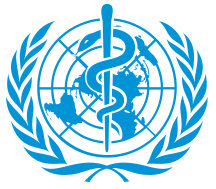 Tổ chức y tế thế giới
Tổ chức y tế thế giới
|
|
https://iris.who.int/handle/10665/170452 |

 Đại học Công nghệ - ĐHQGHN
Đại học Công nghệ - ĐHQGHN  Đại học Giáo dục - ĐHQGHN
Đại học Giáo dục - ĐHQGHN  Đại học khoa học tự nhiên - ĐHQGHN
Đại học khoa học tự nhiên - ĐHQGHN  Đại học Khoa học Xã hội và Nhân văn - ĐHQGHN
Đại học Khoa học Xã hội và Nhân văn - ĐHQGHN  Đại học Kinh tế - ĐHQGHN
Đại học Kinh tế - ĐHQGHN  Đại học Ngoại ngữ - ĐHQGHN
Đại học Ngoại ngữ - ĐHQGHN 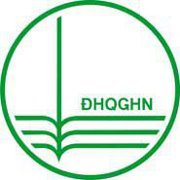 Đại học quốc gia Hà Nội
Đại học quốc gia Hà Nội  Đại học Y - Dược - ĐHQGHN
Đại học Y - Dược - ĐHQGHN  Học Viện Hàng Không Việt Nam
Học Viện Hàng Không Việt Nam  Thư viện Huyện Bình Chánh - TVKHTH TP.HCM
Thư viện Huyện Bình Chánh - TVKHTH TP.HCM  Thư viện huyện Bình Minh - TV Vĩnh Long
Thư viện huyện Bình Minh - TV Vĩnh Long  Thư viện huyện Bình Tân - TV Vĩnh Long
Thư viện huyện Bình Tân - TV Vĩnh Long  Thư viện Huyện Cần Giờ - TVKHTH TP.HCM
Thư viện Huyện Cần Giờ - TVKHTH TP.HCM  Thư viện Huyện Củ Chi - TVKHTH TP.HCM
Thư viện Huyện Củ Chi - TVKHTH TP.HCM  Thư viện Huyện Hóc Môn - TVKHTH TP.HCM
Thư viện Huyện Hóc Môn - TVKHTH TP.HCM  Thư viện huyện Long Hồ - TV Vĩnh Long
Thư viện huyện Long Hồ - TV Vĩnh Long  Thư viện huyện Mang Thít - TV Vĩnh Long
Thư viện huyện Mang Thít - TV Vĩnh Long  Thư viện Huyện Nhà Bè - TVKHTH TP.HCM
Thư viện Huyện Nhà Bè - TVKHTH TP.HCM  Thư viện huyện Tam Bình - TV Vĩnh Long
Thư viện huyện Tam Bình - TV Vĩnh Long  Thư viện huyện Trà Ôn - TV Vĩnh Long
Thư viện huyện Trà Ôn - TV Vĩnh Long  Thư viện Khoa học Tổng hợp TP.HCM
Thư viện Khoa học Tổng hợp TP.HCM  Thư viện quận 1 - TVKHTH TP.HCM
Thư viện quận 1 - TVKHTH TP.HCM  Thư viện quận 10 - TVKHTH TP.HCM
Thư viện quận 10 - TVKHTH TP.HCM  Thư viện quận 11 - TVKHTH TP.HCM
Thư viện quận 11 - TVKHTH TP.HCM  Thư viện quận 12 - TVKHTH TP.HCM
Thư viện quận 12 - TVKHTH TP.HCM  Thư viện quận 2 - TVKHTH TP.HCM
Thư viện quận 2 - TVKHTH TP.HCM  Thư viện quận 3 - TVKHTH TP.HCM
Thư viện quận 3 - TVKHTH TP.HCM  Thư viện quận 4 - TVKHTH TP.HCM
Thư viện quận 4 - TVKHTH TP.HCM  Thư viện quận 5 - TVKHTH TP.HCM
Thư viện quận 5 - TVKHTH TP.HCM  Thư viện quận 6 - TVKHTH TP.HCM
Thư viện quận 6 - TVKHTH TP.HCM  Thư viện quận 7 - TVKHTH TP.HCM
Thư viện quận 7 - TVKHTH TP.HCM  Thư viện quận 8 - TVKHTH TP.HCM
Thư viện quận 8 - TVKHTH TP.HCM  Thư viện quận Bình Tân - TVKHTH TP.HCM
Thư viện quận Bình Tân - TVKHTH TP.HCM  Thư viện quận Bình Thạnh - TVKHTH TP.HCM
Thư viện quận Bình Thạnh - TVKHTH TP.HCM  Thư viện quận Gò Vấp - TVKHTH TP.HCM
Thư viện quận Gò Vấp - TVKHTH TP.HCM  Thư viện quận Phú Nhuận - TVKHTH TP.HCM
Thư viện quận Phú Nhuận - TVKHTH TP.HCM  Thư viện quận Tân Bình - TVKHTH TP.HCM
Thư viện quận Tân Bình - TVKHTH TP.HCM  Thư viện quận Tân Phú - TVKHTH TP.HCM
Thư viện quận Tân Phú - TVKHTH TP.HCM 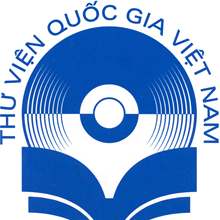 Thư viện Quốc gia Việt Nam
Thư viện Quốc gia Việt Nam  Thư viện thành phố Thủ Đức (cơ sở 1) - TVKHTH TP.HCM
Thư viện thành phố Thủ Đức (cơ sở 1) - TVKHTH TP.HCM  Thư viện thành phố Thủ Đức (cơ sở 2) - TVKHTH TP.HCM
Thư viện thành phố Thủ Đức (cơ sở 2) - TVKHTH TP.HCM  Thư Viện Tỉnh An Giang
Thư Viện Tỉnh An Giang  Thư viện tỉnh Vĩnh Long
Thư viện tỉnh Vĩnh Long  Trung tâm giáo dục quốc phòng và An ninh - ĐHQGHN
Trung tâm giáo dục quốc phòng và An ninh - ĐHQGHN  Trung tâm Hỗ trợ Sinh viên - ĐHQGHN
Trung tâm Hỗ trợ Sinh viên - ĐHQGHN  Trường Đại học Luật - ĐHQGHN
Trường Đại học Luật - ĐHQGHN  Trường Khoa học liên ngành và nghệ thuật - ĐHQGHN
Trường Khoa học liên ngành và nghệ thuật - ĐHQGHN 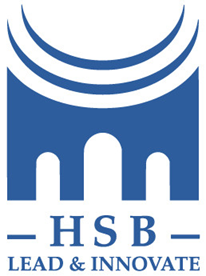 Trường Quản trị và Kinh doanh - ĐHQGHN
Trường Quản trị và Kinh doanh - ĐHQGHN  Viện Công nghệ Thông tin - ĐHQGHN
Viện Công nghệ Thông tin - ĐHQGHN  Viện Đảm bảo chất lượng giáo dục - ĐHQGHN
Viện Đảm bảo chất lượng giáo dục - ĐHQGHN  Viện Quốc tế Pháp ngữ - ĐHQGHN
Viện Quốc tế Pháp ngữ - ĐHQGHN 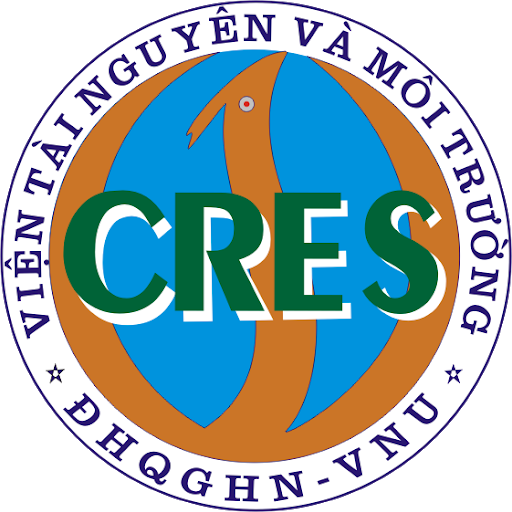 Viện Tài nguyên và Môi trường - ĐHQGHN
Viện Tài nguyên và Môi trường - ĐHQGHN 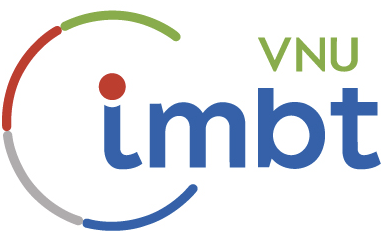 Viện Vi sinh vật và Công nghệ Sinh học - ĐHQGHN
Viện Vi sinh vật và Công nghệ Sinh học - ĐHQGHN 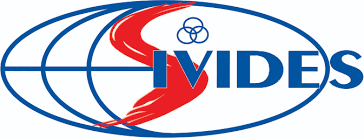 Viện Việt Nam học và Khoa học phát triển - ĐHQGHN
Viện Việt Nam học và Khoa học phát triển - ĐHQGHN